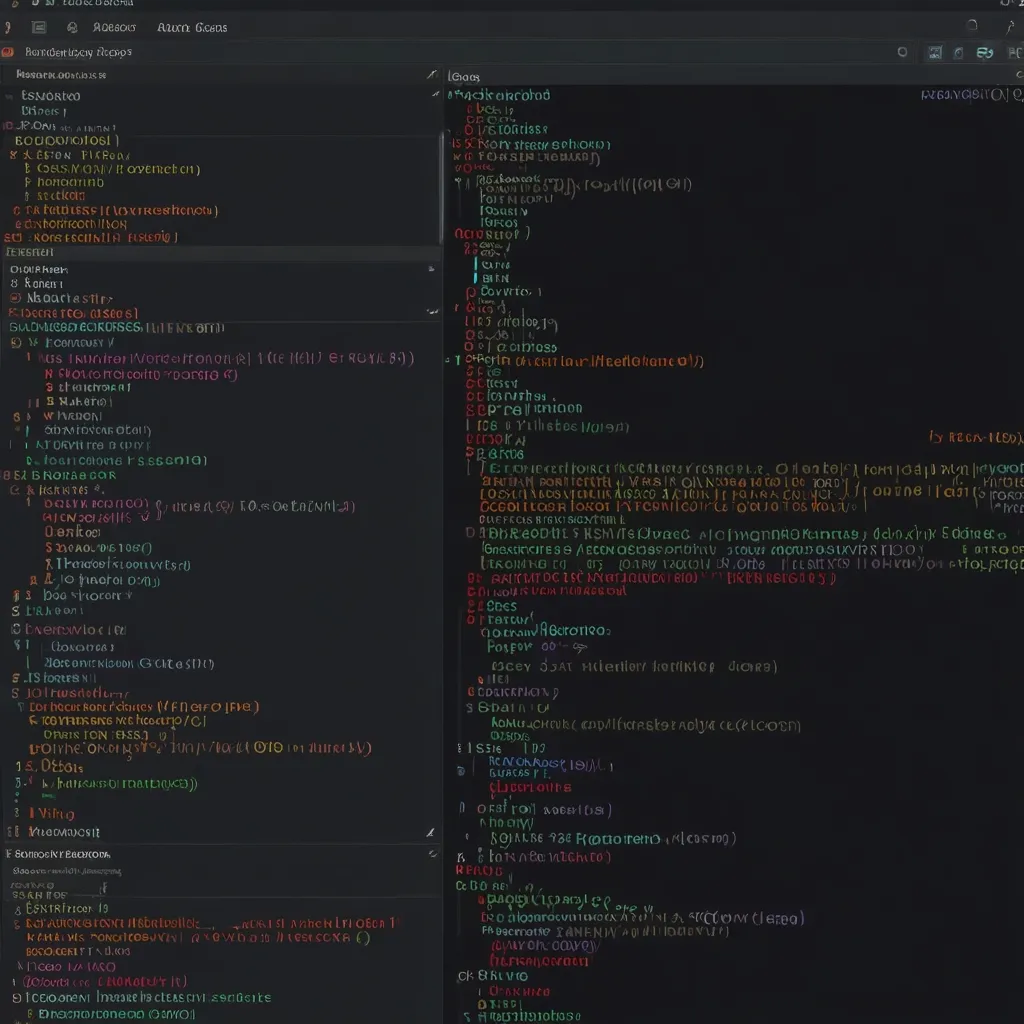Hey there, tech enthusiasts! Let’s dive into the exciting world of cloud-based CI/CD pipelines and advanced DevOps practices. Trust me, this journey is going to be a game-changer for your development process.
First things first, what’s all the fuss about CI/CD? Continuous Integration (CI) and Continuous Delivery (CD) are like the dynamic duo of modern software development. They’re all about automating and streamlining your workflow, making sure your code is always ready for prime time.
Now, imagine taking that power and putting it in the cloud. That’s where things get really interesting. Cloud-based CI/CD pipelines give you the flexibility and scalability to tackle projects of any size. Plus, you don’t have to worry about maintaining your own infrastructure. It’s like having a personal assistant who’s always on call.
Let’s start with the basics. Setting up your cloud-based pipeline begins with choosing the right platform. There are plenty of options out there, like Jenkins, GitLab CI/CD, CircleCI, and AWS CodePipeline. Each has its own strengths, so pick the one that fits your needs like a glove.
Once you’ve got your platform, it’s time to start building. The first step is version control. Git is the go-to choice for most developers, and for good reason. It’s like a time machine for your code, letting you jump back and forth between different versions with ease.
Here’s a quick example of how you might set up a basic Git workflow:
git init
git add .
git commit -m "Initial commit"
git remote add origin https://github.com/yourusername/your-repo.git
git push -u origin master
Now that your code is safely stored, it’s time to set up your CI pipeline. This is where the magic happens. Every time you push a change, your CI system will automatically build and test your code. It’s like having a personal quality control team working 24/7.
Let’s say you’re working on a Python project. Your CI configuration might look something like this:
language: python
python:
- "3.8"
install:
- pip install -r requirements.txt
script:
- pytest
This tells your CI system to use Python 3.8, install your dependencies, and run your tests using pytest. Simple, right?
But we’re not stopping there. The next step is continuous delivery. This is where things get really exciting. With CD, you can automatically deploy your code to staging or production environments once it passes all your tests.
Here’s a basic example of what a deployment script might look like:
#!/bin/bash
ssh [email protected] <<EOF
cd /path/to/your/app
git pull origin master
pip install -r requirements.txt
systemctl restart your-app
EOF
This script SSH’s into your server, pulls the latest code, installs any new dependencies, and restarts your application. It’s like magic, but better because it’s automated!
Now, let’s talk about some advanced DevOps practices that can take your pipeline to the next level. One of my favorites is infrastructure as code (IaC). This means treating your infrastructure setup the same way you treat your application code. Tools like Terraform and CloudFormation let you define your entire infrastructure in code, making it easy to version, review, and replicate.
Here’s a taste of what an AWS CloudFormation template might look like:
AWSTemplateFormatVersion: '2010-09-09'
Resources:
MyEC2Instance:
Type: AWS::EC2::Instance
Properties:
InstanceType: t2.micro
ImageId: ami-0c55b159cbfafe1f0
This snippet defines a simple EC2 instance. Imagine being able to spin up your entire production environment with just a few lines of code. Pretty cool, right?
Another advanced practice is containerization. Docker has revolutionized the way we package and deploy applications. It’s like shipping your entire development environment along with your code, ensuring that it runs the same way everywhere.
Here’s a basic Dockerfile for a Python application:
FROM python:3.8-slim
WORKDIR /app
COPY requirements.txt .
RUN pip install --no-cache-dir -r requirements.txt
COPY . .
CMD ["python", "app.py"]
This Dockerfile creates a lightweight container with Python 3.8, installs your dependencies, and runs your application. It’s like giving your code its own personal bubble to live in.
But wait, there’s more! Kubernetes takes containerization to the next level by providing a powerful platform for orchestrating and scaling your containers. It’s like having a traffic controller for your applications, making sure everything runs smoothly even under heavy load.
Here’s a simple Kubernetes deployment configuration:
apiVersion: apps/v1
kind: Deployment
metadata:
name: my-app
spec:
replicas: 3
selector:
matchLabels:
app: my-app
template:
metadata:
labels:
app: my-app
spec:
containers:
- name: my-app
image: my-app:latest
ports:
- containerPort: 80
This configuration tells Kubernetes to run three replicas of your application, ensuring high availability and easy scaling.
Now, let’s talk about monitoring and logging. In the world of DevOps, visibility is key. Tools like Prometheus, Grafana, and ELK stack give you real-time insights into your application’s performance and health. It’s like having x-ray vision for your infrastructure.
Here’s a quick example of how you might set up Prometheus monitoring in your application:
from prometheus_client import start_http_server, Counter
REQUEST_COUNT = Counter('request_count', 'Total number of requests')
def process_request():
REQUEST_COUNT.inc()
# Your request handling logic here
if __name__ == '__main__':
start_http_server(8000)
# Your main application logic here
This code sets up a simple counter to track the number of requests your application receives. Prometheus can then scrape this data and visualize it in real-time.
Security is another crucial aspect of DevOps. Implementing security checks throughout your pipeline helps catch vulnerabilities early. Tools like SonarQube and OWASP ZAP can automatically scan your code for security issues.
Here’s an example of how you might integrate SonarQube into your CI pipeline:
sonarqube:
stage: test
image:
name: sonarsource/sonar-scanner-cli:latest
entrypoint: [""]
variables:
SONAR_USER_HOME: "${CI_PROJECT_DIR}/.sonar"
script:
- sonar-scanner
allow_failure: true
This configuration runs a SonarQube scan as part of your CI process, helping you catch potential security issues before they make it to production.
Lastly, let’s talk about the importance of continuous learning and improvement. The world of DevOps is constantly evolving, with new tools and best practices emerging all the time. Embrace a culture of experimentation and learning. Try new things, fail fast, and always be looking for ways to improve your pipeline.
Remember, implementing a cloud-based CI/CD pipeline with advanced DevOps practices is more than just a technical challenge. It’s about fostering a culture of collaboration, automation, and continuous improvement. It’s about empowering your team to deliver high-quality software faster and more reliably.
So there you have it, folks! A whirlwind tour of implementing a cloud-based CI/CD pipeline with advanced DevOps practices. It’s a journey, not a destination, so don’t be afraid to start small and gradually expand your pipeline as you learn and grow. Happy coding, and may your deployments always be smooth and your servers always be up!






